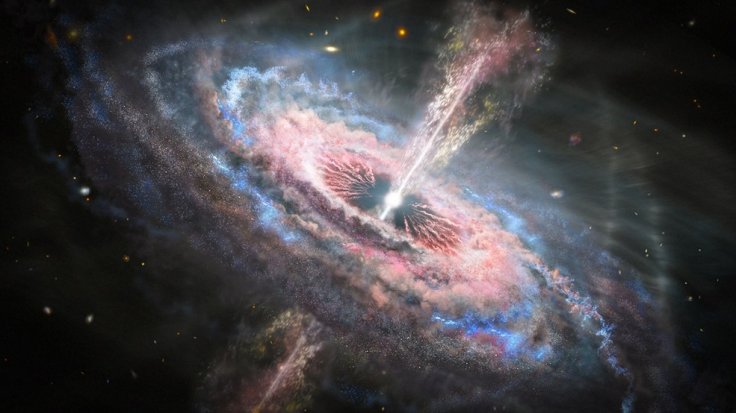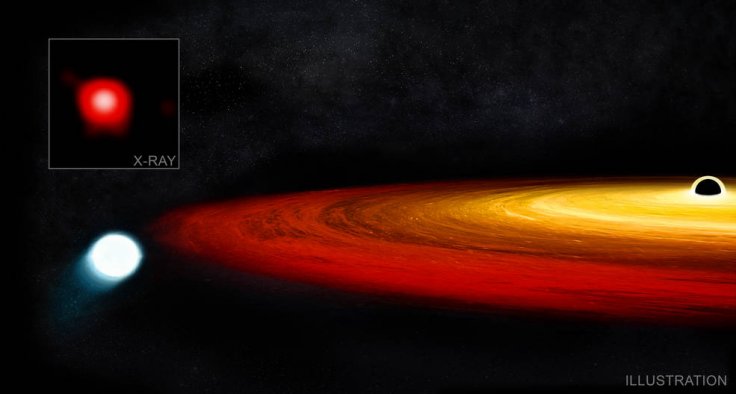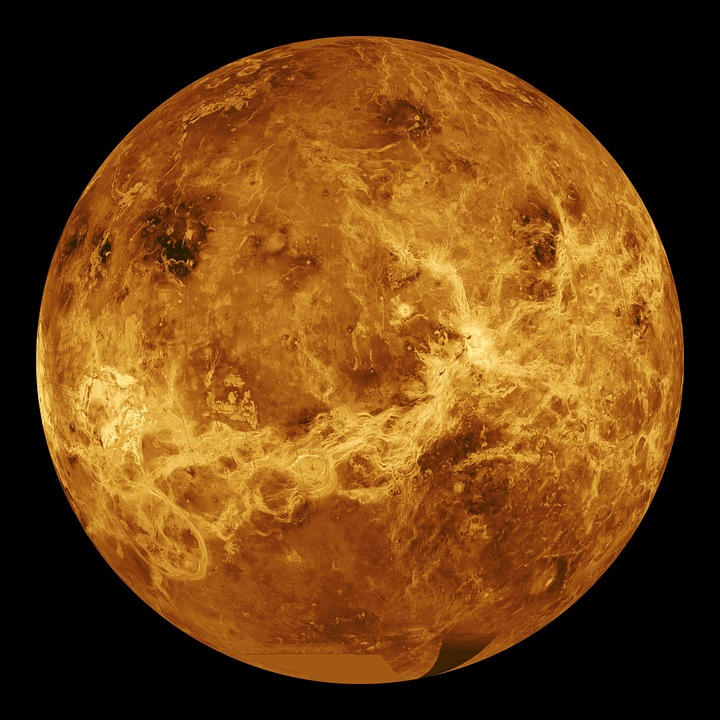The space is mysterious and incredibly weird. Over the years such unknown facts encouraged scientists to carry out exploration programs. Even though 2020 was all about the Coronavirus pandemic, which killed over 1,806,000 people, scientists did not stop looking into the mysteries of space.
Here are the top astronomical discoveries that blew our minds as well as the scientists this year.

Super-Earth Exoplanet K2-141b
This rocky exoplanet is like Earth. It has fluid oceans that evaporate into clouds and then fall back to the surface as rain—a very familiar cycle like our home planet. But all this happens with the rock. The Earth-size exoplanet is a hot lava world on one side, but extremely cold on the other. The ocean is filled with magma, not water. K2-141b has a rock vapor atmosphere and supersonic winds. An international team of researchers described this planet, in a study that was published on November 3.
Exoplanet Turns to Dust

Fomalhaut b was thought to be one of the only exoplanets to be directly imaged to date. "What astronomers thought was a planet beyond our solar system has now seemingly vanished from sight," NASA said earlier this year.
A team of scientists analyzing a decade's worth of Hubble observations found that what had been a bright spot of light in 2004 had completely vanished by 2014. They found that it was not a planet at all, rather an expanding dust cloud that formed after the collision of two large icy bodies. András Gáspár of the University of Arizona, Tucson said: "These collisions are exceedingly rare and so this is a big deal that we actually get to see one. We believe that we were at the right place at the right time to have witnessed such an unlikely event with NASA's Hubble Space Telescope."
Supernova Survivor
A white dwarf star, dubbed SDSS J1240+6710, was found to have gone "partial supernova" and survived. A team of astronomers analyzed data from Hubble Space Telescope and found that the bizarre star had carbon, sodium, and aluminum in its atmosphere which normally aren't present in white dwarfs.
Scientists finally concluded that the white dwarf only experienced and survived a "partial supernova". Boris Gänsicke, a physics professor at the University of Warwick, UK, and lead author of the paper said: "That's what makes this white dwarf unique — it did undergo nuclear burning but stopped before it got to iron. It would have been a type of supernova, but of a kind that we haven't seen before."
Star Survived Black Hole

Earlier this year, NASA announced that scientists might have found a star that went too close to a giant black hole but survived.
The space agency said that data from NASA's Chandra X-ray Observatory and ESA's XMM-Newton revealed this extraordinary astronomical incident that happened in a galaxy about 250 million light-years from Earth. "Once the red giant was captured by the black hole's gravity, the outer layers of the star containing hydrogen were stripped off and careened toward the black hole, leaving the core of the star – known as a white dwarf – behind," said NASA.
Fast Radio Bursts
These radio signals come and go so quickly, making it difficult to locate their sources. But this year, scientists were able to trace one of the FRBs back to its home galaxy.
In a study, a team of astronomers had pinpointed the location of a repeating burst known as FRB 180916. They tracked the signal to an area about seven light-years wide, placing it in a galaxy called SDSS J015800.28+654253.0. The home galaxy of the FRB is almost 500 million light-years from Earth.
Strongest Magnetic Field in the Universe
After studying powerful X-ray signals coming from a neutron star, scientists calculated that its magnetic field is tens of millions of times stronger than any ever created in a lab.
The neutron star, GRO J1008-57, belongs to a very specific subtype – an accreting X-ray pulsar. According to scientists, the magnetic field of this pulsar was as high as one billion Tesla (T).
Odd Radio Circles
Astronomers at Western Sydney University in Australia spotted four unusual objects in deep space that looked like a bubble or ring. The researchers said: "We have found an unexpected class of astronomical objects which have not previously been reported, in the Evolutionary Map of the Universe Pilot [EMU] survey, using the Australian Square Kilometre Array Pathfinder telescope (ASKAP)."
The objects, dubbed Odd Radio Circles or ORCs, appear in radio images as circular edge-brightened discs about one arc-minute diameter. The scientists speculate that ORCs may represent a spherical shock wave from an extra-galactic transient event or the outflow or a remnant, from a radio galaxy viewed end-on.
There Could be Aliens

This year Venus became the most popular planet in the solar system after scientists discovered possible traces of molecule phosphine in the planet's atmosphere.
The discovery surprised scientists, as phosphine is mostly associated with non-oxygen-breathing bacteria and the astronomers suggested the possibility of alien life on the Venusian atmosphere.
Extraterrestrial Civilization
According to a new study published on June 15 in The Astrophysical Journal, there are precisely 36 planets in the Milky Way that could host extraterrestrial life.









